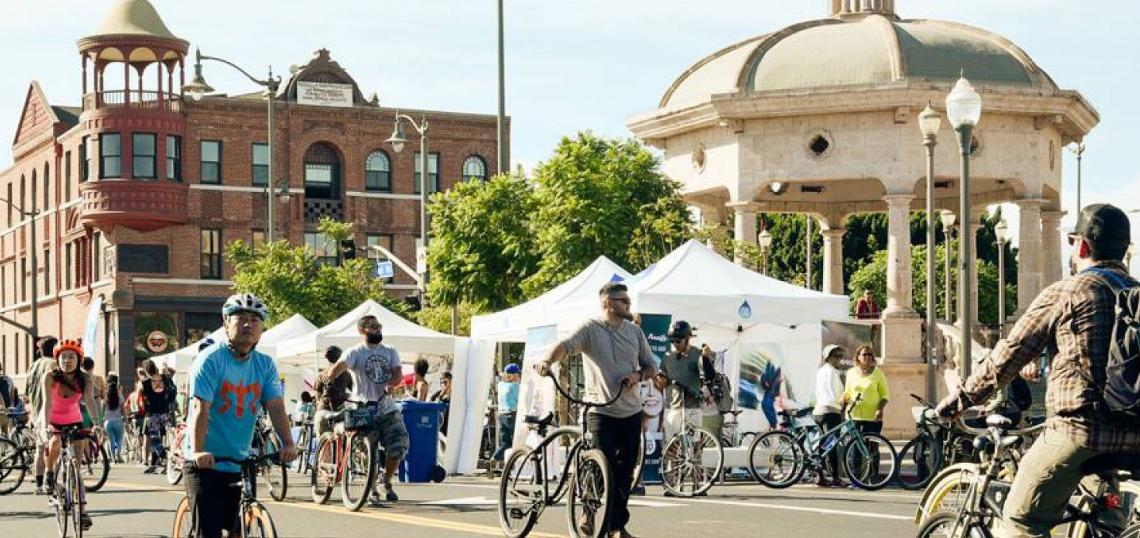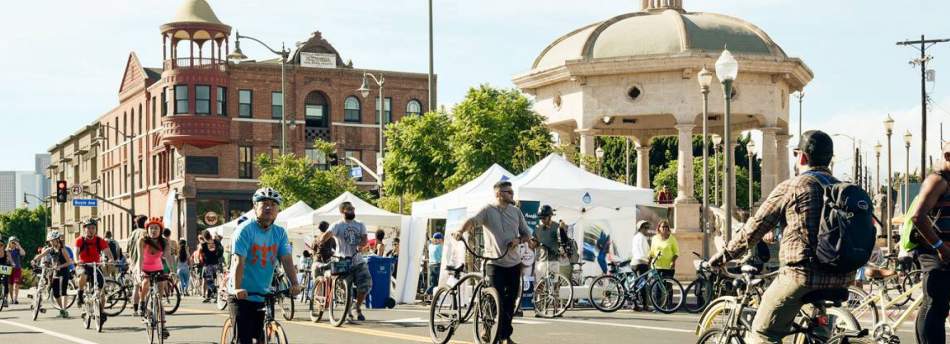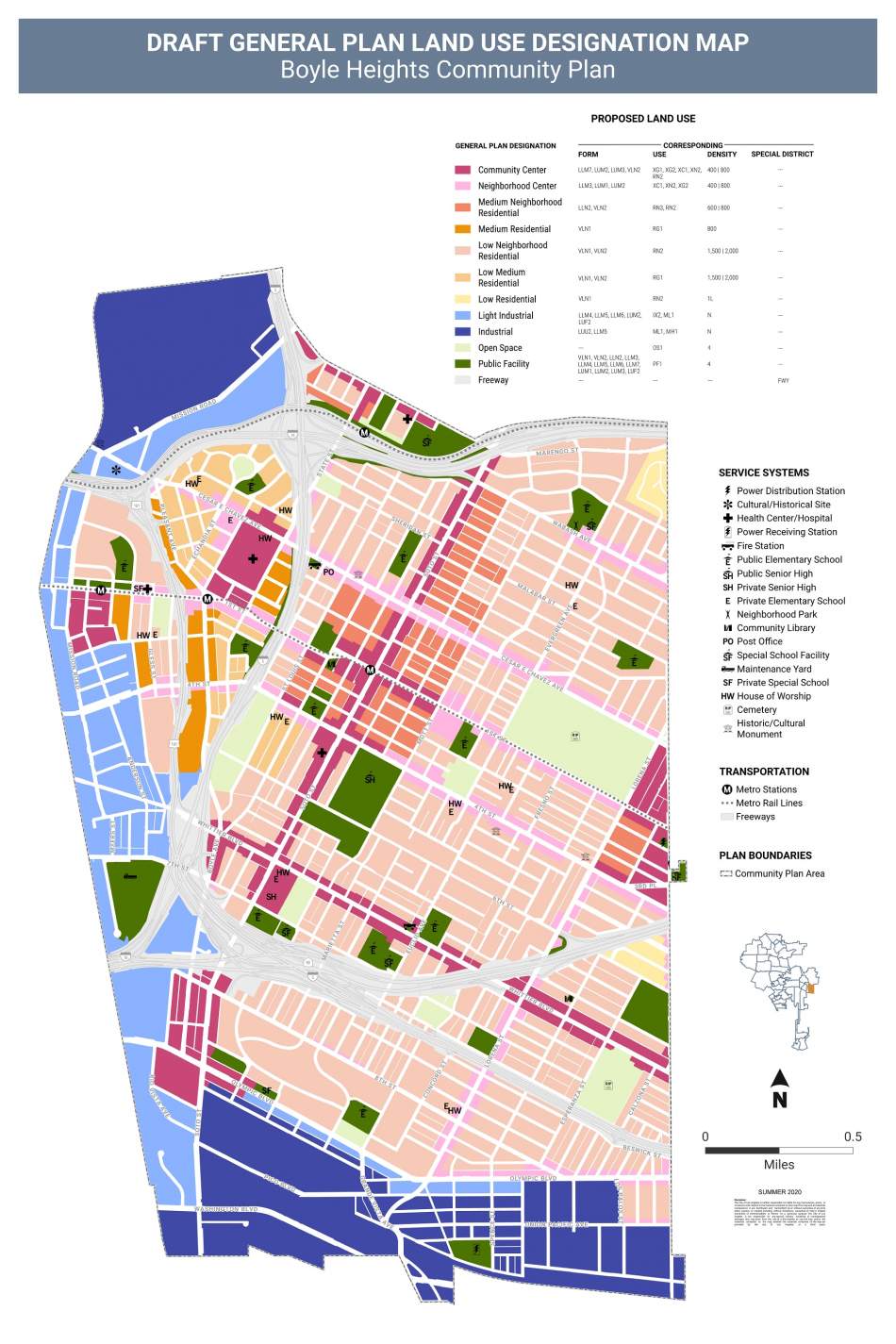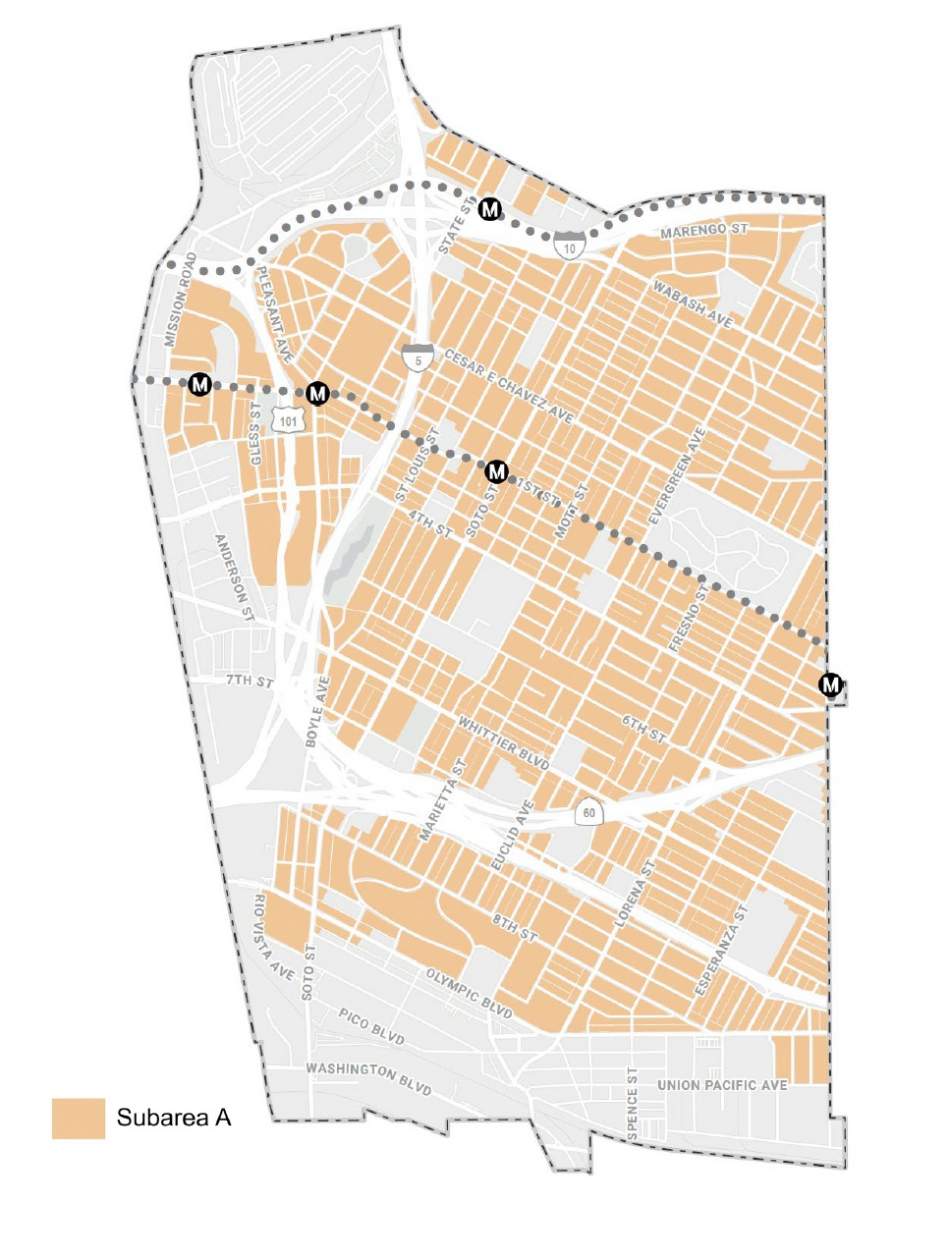As part of the pending update to the Boyle Heights Community Plan, the City of Los Angeles has rolled out new measures intended to promote the development of new affordable housing and preserve existing rental units in the Eastside neighborhood.
“Boyle Heights today is about 93 percent Mexican, Central American, and Latin American families and has long been a place where hard-working families and small businesses from other various ethnic and immigrant backgrounds put down roots. It is also recognized as a key birthplace of Chicana/o activism and civil rights and we honor that legacy," said Director of Planning Vince Bertoni in a news release. “Our plan puts housing and families first, so that we can preserve the neighborhood’s sense of hope and promise for future generations to come.”
Under the draft plan, new housing construction would be steered away from residential neighborhoods toward major commercial thoroughfares such as 1st Street, Soto Street, and Whittier Boulevard. This provision is intended to foster growth near bus and rail lines, but also to preserve existing rent-stabilized housing.
According to a fact sheet produced by the Planning Department, the median annual income of a Boyle Heights household is approximately $36,000 per year. Roughly 75 percent of those households are renters, rather than homeowners, with 40 percent of the total land area in Boyle Heights zoned for low-scale multi-unit housing.
"In an effort to ensure stability for existing households, the Community Plan proposes zoning that moderates the redevelopment potential of this existing housing stock by reducing the square footage that can be built," reads the fact sheet.
However, the draft plan includes zoning intended to encourage the creation of accessory dwelling units - or granny flats - within existing residential properties, either through new construction the conversion of existing buildings. This would be achieved by reducing the typically required rear-yard setbacks for new structures.
Building off of the City's Transit Oriented Communities guidelines (TOC), the Boyle Heights plan would incorporate a community benefits program to spur the development of on-site affordable units in new housing developments. But unlike the TOC incentives, the Boyle Heights community benefits program would not be explicitly tied to major transit corridors - though zoning would steer growth to those areas, regardless.
To access development benefits such as increased floor area and height, projects with 5 or more residential units would be required to set aside (for a period of 55 years):
- 11 percent of units for extremely low-income households;
- 15 percent of units for very low-income households; or
- 25 percent of units for low-income households.
All developments would be required to comply with state legislation regarding the replacement of existing affordable and rent-stabilized units, and the draft plan would require that at least 30 percent of units in new development include two or more bedrooms.
Besides housing, the draft plan also addresses the community's links to the Los Angeles River and its legacy of heavy industrial uses.
Moving forward, the plan envisions a new form and frontage district for River-adjacent lands which would require frequent breaks between new buildings to improve pedestrian access to the waterway. These access points would complement planned open space and active transportation projects in the area.
While the plan proposes to maintain existing job-supporting zoning along the river corridor, the western section of Boyle Heights would be transitioned toward light industrial uses such as offices, manufacturing areas, and production space. Residential uses would only be permitted in this area through the adaptive reuse of warehouses into live/work spaces.
Under the draft plan, heavy industrial zoning would be retained in the southern section of Boyle Heights - adjacent to the City of Vernon. However, the plan would also incorporate elements of the 2016 Clean Up Green Up ordinance which aims to limit externalities and environmental impact of such uses.
The draft plan also intends to preserve the area's heritage - including culturally-significant business corridors such as Cesar E. Chavez Avenue - by promoting the preservation of historic buildings and street art. Additionally, by limiting the size of ground-floor commercial spaces and changing parking standards, the Planning Department hopes to prioritize small businesses over larger chains and promote the opening of new corner stores and similar establishments.
The updated Boyle Heights Community Plan has been in the works for more than a decade, and is slated to begin its environmental review period later this year or in 2021. Adoption is expected sometime in 2021.
- Boyle Heights Community Plan (Urbanize LA)









